Imagine a fish that spends more time out of water than in it, a creature that blurs the boundary between land and sea with a leap and a breath of humid air. The mudskipper is not your average fish. With bulging eyes, muscular fins, and a quirky personality, this remarkable animal has mastered the art of surviving—and even thriving—on the muddy shores where most fish would quickly perish. The mudskipper’s world is part underwater drama, part terrestrial adventure, and its daily life is a fierce battle of engineering, survival, and territory. Enter the extraordinary domain of the mudskipper—a fish that not only walks on land but also builds and defends homes with astonishing ingenuity.
Unique Adaptations: Life Between Water and Land
The mudskipper’s body is like a toolkit designed for two worlds. Its pectoral fins are strong and jointed, acting almost like legs to help it “walk” and even skip across the slick mudflats. Unlike most fish, mudskippers can breathe through their skin and the lining of their mouth and throat, as long as these surfaces remain moist. This remarkable adaptation allows them to explore and hunt on land for hours at a time, giving them a clear advantage in the tidal zones they call home. Their protruding, frog-like eyes give them a wide field of vision, letting them spot both predators and prey whether they’re above or below the surface.
Where Mudskippers Live: Muddy Homes Around the World
Mudskippers are found in warm coastal regions—think mangroves, estuaries, and tidal flats—across Africa, Asia, and Australia. These habitats might seem harsh: temperatures soar, oxygen levels drop, and the tides can transform the landscape in minutes. But for the mudskipper, this is paradise. Here, they find the soft, silty mud ideal for burrowing, and the shifting tides provide fresh opportunities for hunting and social interaction. Each mudskipper species is adapted to its own niche, creating a patchwork of tiny, bustling communities along the water’s edge.
Burrow Builders: How Mudskippers Construct Their Homes
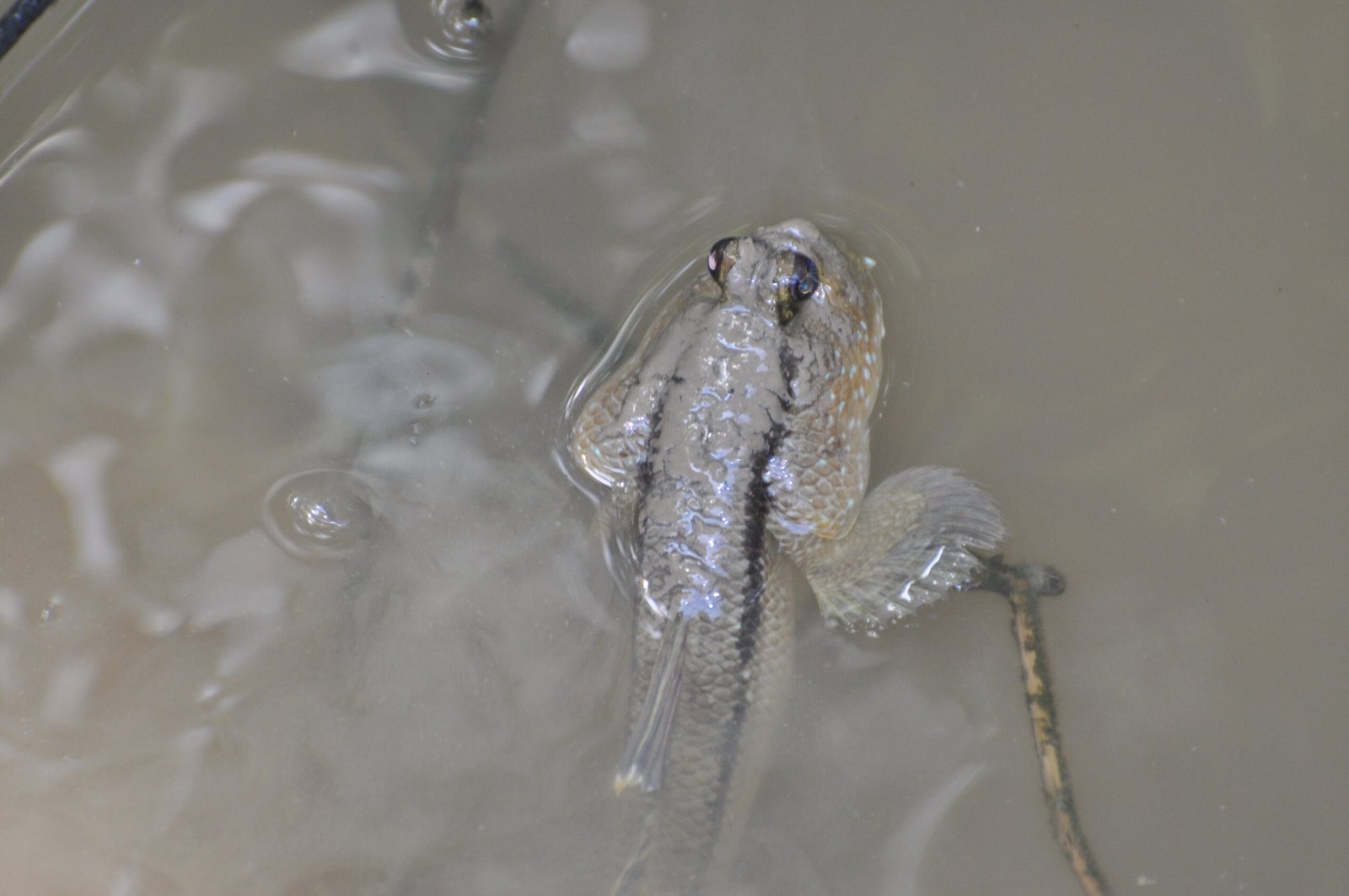
Building a home on shifting mud is no small feat. Mudskippers dig elaborate burrows using their mouths and fins, often creating long tunnels and chambers that can extend deep beneath the surface. These burrows serve multiple purposes: they protect against predators, provide a refuge from extreme temperatures, and store precious air when the tide goes out. Some mudskippers even construct special “air pockets” inside their burrows, using their own movements to trap and refresh the air. This engineering marvel is essential for their survival, especially during low tide when oxygen levels in the mud can drop to dangerously low levels.
Defending Their Territory: The Fierce Side of Mudskippers
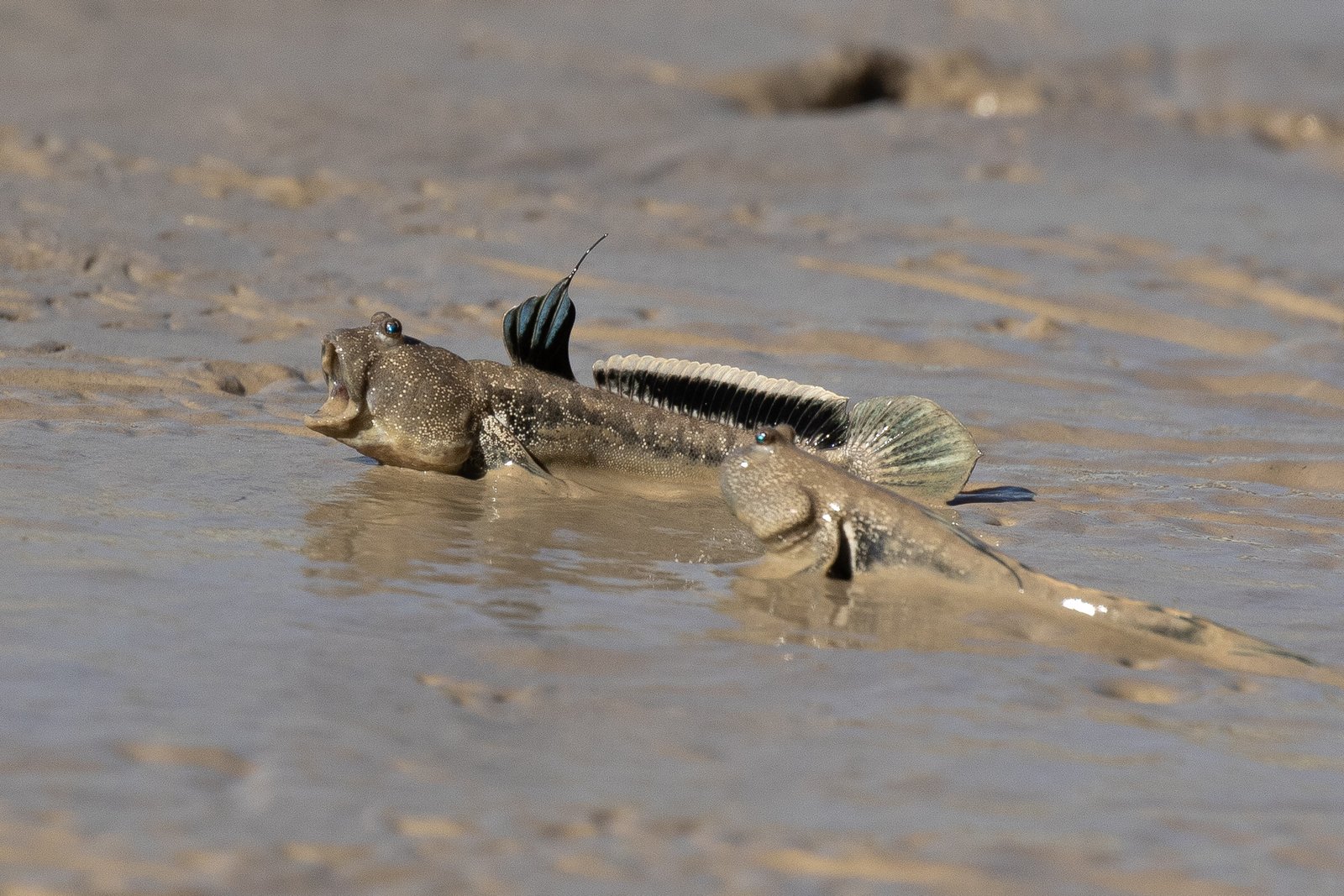
Despite their comical appearance, mudskippers are fiercely territorial. Males in particular will jealously guard their burrows, engaging in dramatic displays to warn off rivals. These confrontations can involve intense fin flaring, mouth gaping, and even physical wrestling matches—imagine two tiny sumo wrestlers, covered in mud, battling for prime real estate. The winner earns the right to the best burrow and, often, the attention of nearby females. Territorial boundaries are constantly tested and defended, making the mudflats a lively stage for daily dramas.
Breathing Air: The Science Behind Their Survival

Breathing on land is tricky for most fish, but mudskippers have evolved a suite of clever solutions. They keep their skin moist by frequently returning to wet areas or retreating into their damp burrows. Their gills are reinforced to prevent collapse when out of water, and their skin is rich in blood vessels, enabling efficient gas exchange. Above all, the mudskipper’s ability to gulp air into its mouth and throat gives it a backup oxygen supply—a trick reminiscent of both amphibians and fish, showing just how unique these creatures are.
The Mudskipper Diet: Hunters on the Mud

Feeding on land opens up a world of possibilities for mudskippers. They hunt insects, small crustaceans, and worms by pouncing on them with surprising speed and accuracy. Their protruding eyes help them spot movement on the mud’s surface, while their strong jaws snap up prey in an instant. Mudskippers have even been observed flicking their tongues to catch tiny insects, much like a chameleon. This varied diet provides the energy they need for their active lifestyles and fierce territorial battles.
Courtship and Reproduction: Romance in the Mud
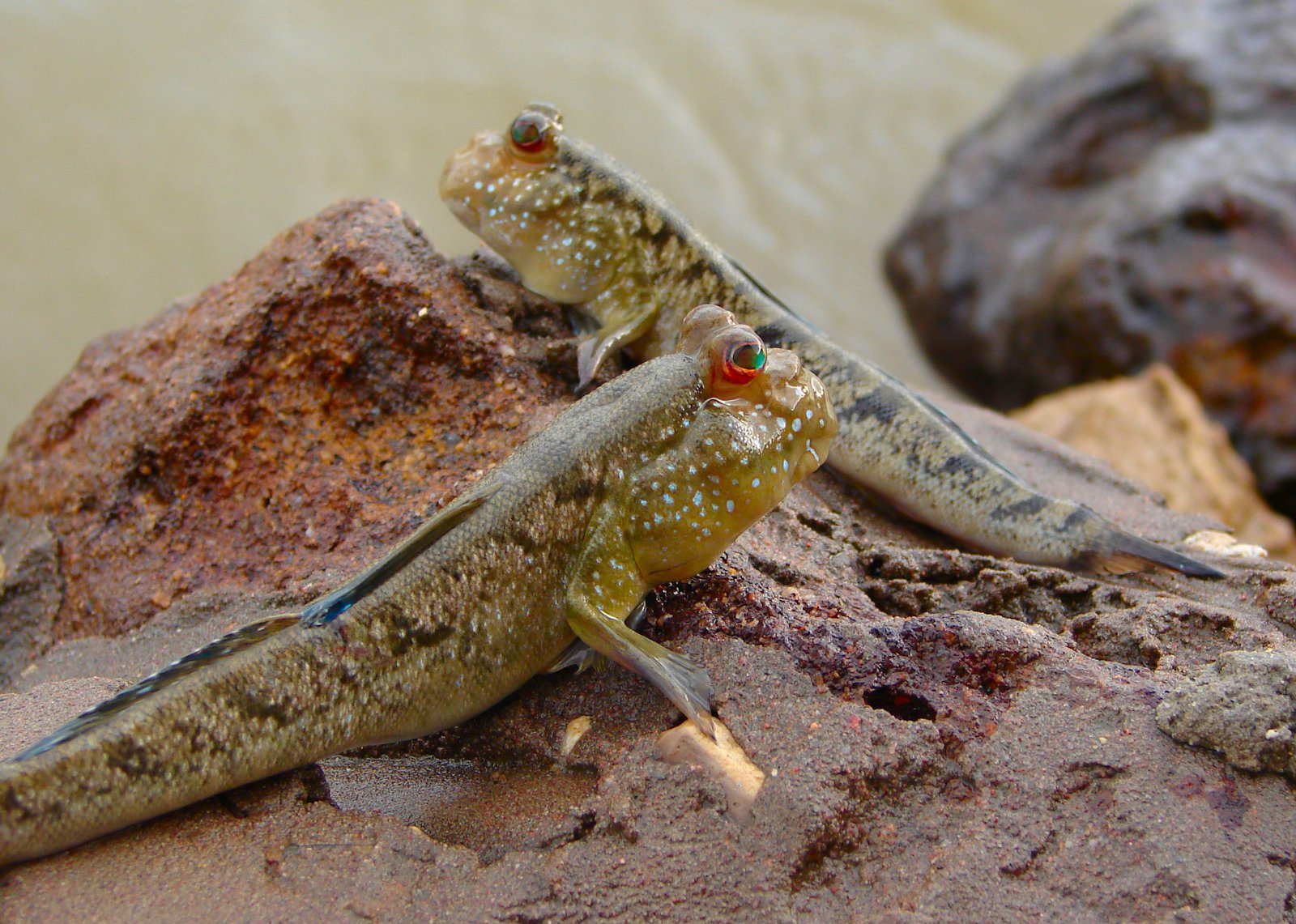
When it comes to love, mudskippers pull out all the stops. Males will perform elaborate displays—leaping, flashing their fins, and showing off their burrows—to attract females. If a female is impressed, she’ll inspect the male’s home before laying her eggs inside the safety of the burrow. The male then guards the nest, ensuring that the eggs are kept moist and safe from predators. This behavior highlights the importance of burrow-building skills, as a well-constructed home can make all the difference in passing on genes to the next generation.
Facing the Tides: Daily Life in a Changing World
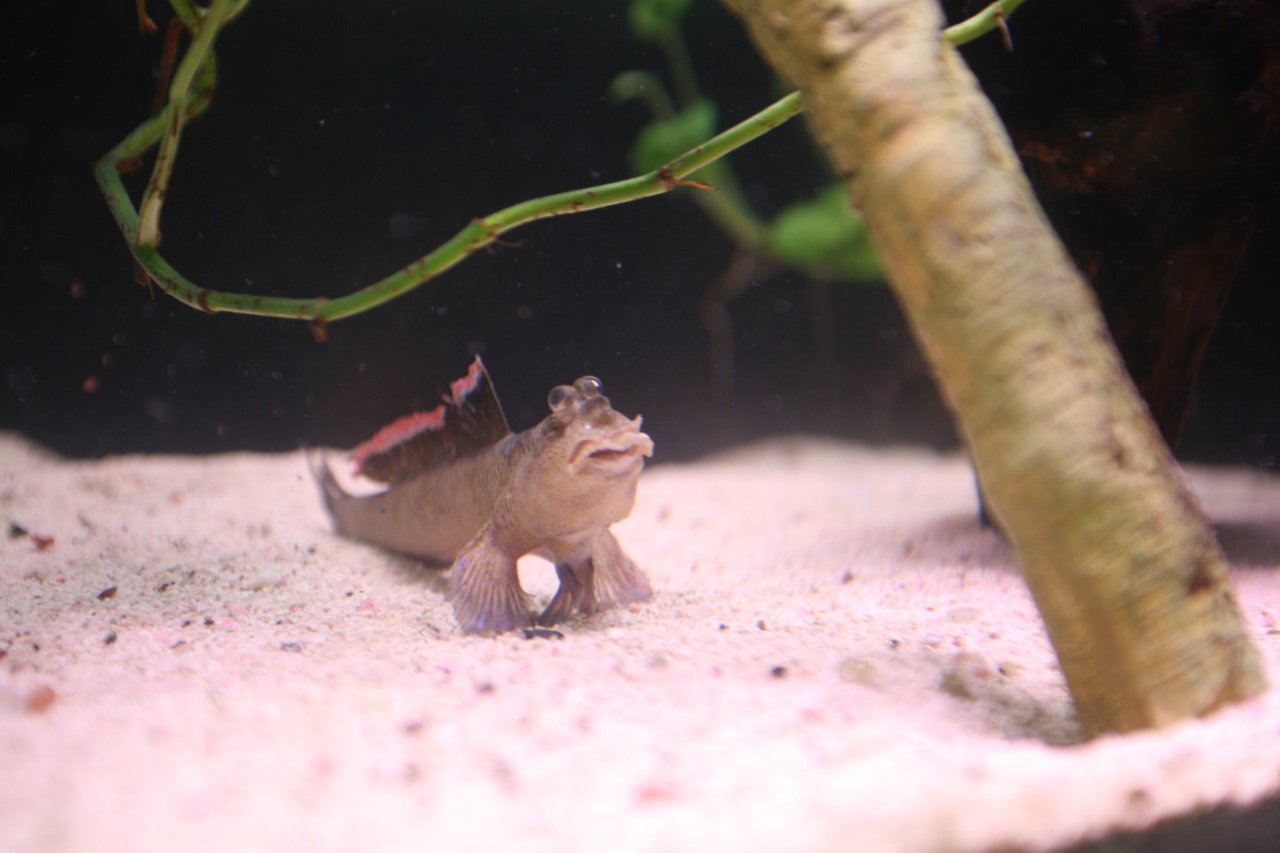
The mudskipper’s environment is in constant flux. As the tide rises and falls, mudskippers must adapt quickly. During high tide, they retreat into their burrows or swim in the shallow waters, while low tide sees them emerge to forage and defend their territory. This daily rhythm requires flexibility and quick thinking, as threats can appear from both land and sea. The ability to shift seamlessly between aquatic and terrestrial life makes mudskippers true masters of adaptation.
Predators and Threats: The Perils of Mudflat Life
Life on the mudflats is not without danger. Birds, crabs, and larger fish all see mudskippers as an easy meal. To survive, mudskippers rely on their speed, agility, and the safety of their burrows. Quick retreats and camouflage are essential tactics. Human activity—such as habitat destruction and pollution—also threatens their delicate ecosystems, making the survival of these unique fish more precarious than ever.
Mudskippers and Humans: Fascination and Conservation
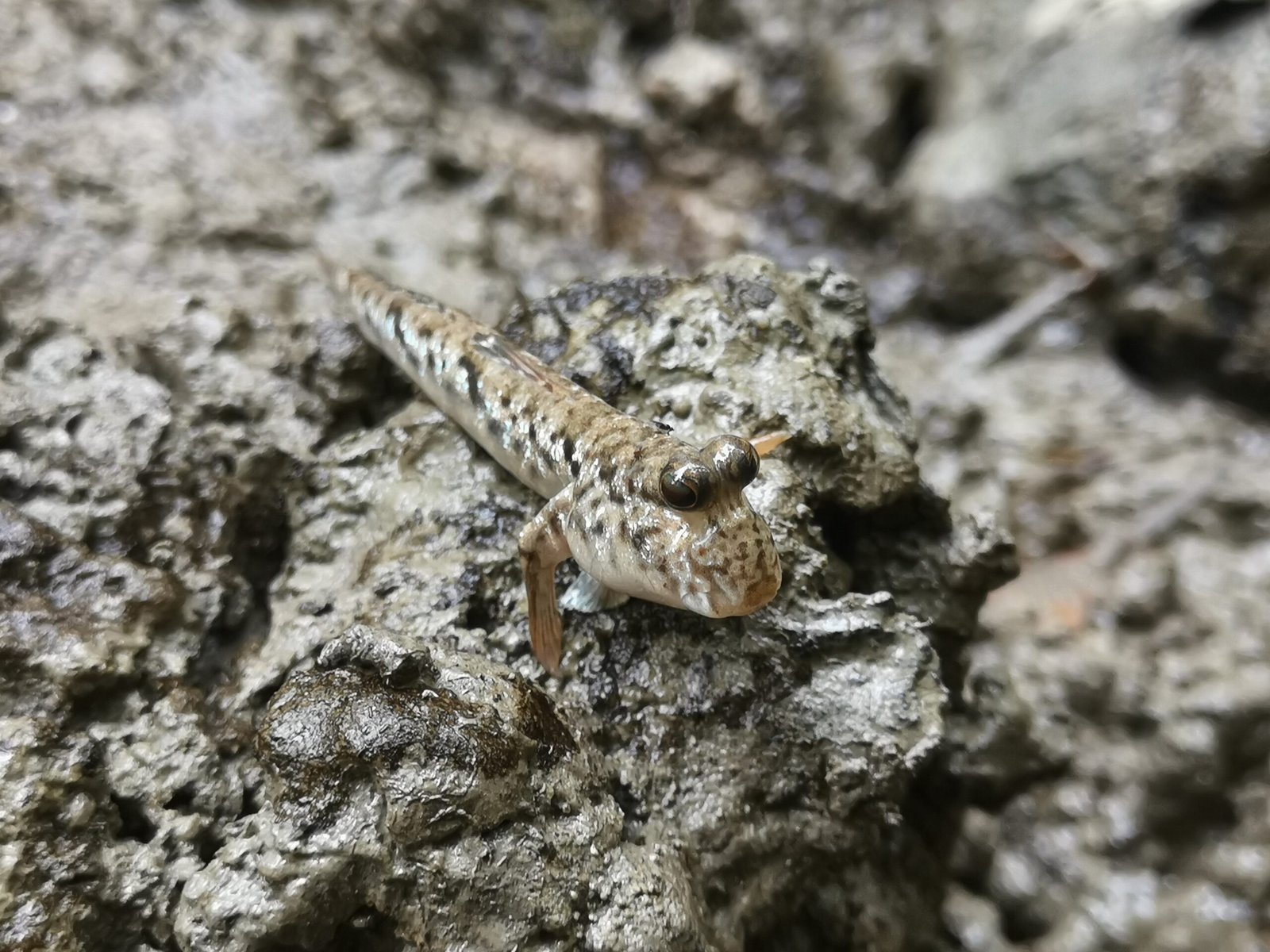
Mudskippers have captivated the curiosity of scientists and nature lovers alike. Their unusual lifestyle offers valuable insights into evolution, adaptation, and the transition from water to land. In some cultures, mudskippers are celebrated in folklore and art, while in others, they serve as a food source. As human development encroaches on coastal habitats, protecting mudskippers and their homes becomes ever more important. Conservation efforts focused on mangroves and tidal flats can ensure these extraordinary fish continue to leap, build, and thrive for generations to come.
A Symbol of Resilience and Ingenuity

The mudskipper stands as a living testament to nature’s creativity and resilience. In a world where change is constant and survival is a daily challenge, this small fish has found remarkable ways to adapt and flourish. The sight of a mudskipper leaping across a muddy shore, eyes bright with curiosity and determination, reminds us of the endless possibilities that exist when life dares to push beyond its boundaries. What other secrets might nature reveal if we look closely at the creatures living right at the edge of land and sea?




